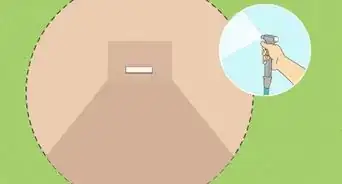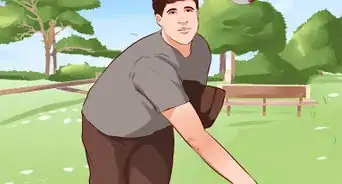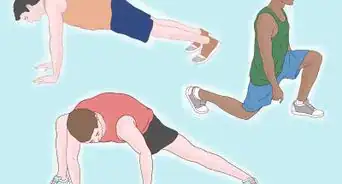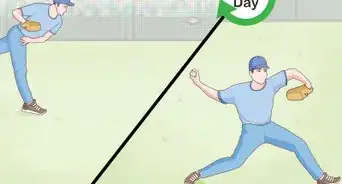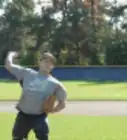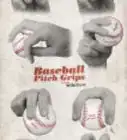X
wikiHow is a “wiki,” similar to Wikipedia, which means that many of our articles are co-written by multiple authors. To create this article, 29 people, some anonymous, worked to edit and improve it over time.
This article has been viewed 87,067 times.
Learn more...
The slurve pitch will break down and away from a right handed hitter. It gets its name from a combination of slider and curveball. Unlike more standard pitches, many pitchers develop slight variations that better suit their style. This is a fairly standard slurve, but if you keep to good pitching form you can tweak it more toward a curveball or slider.
Steps
Part 1
Part 1 of 2:
Learning the Grip
-
1
-
2Grip the ball with two fingers together. Place your middle finger on the right seam or just outside it. Place your index finger touching your middle finger.[5]
- If one seam stands higher on the ball than the other, grip that one with your middle finger. This will give you a better grip, since your middle finger is responsible for most of a slurve grip.[6]
- As usual, keep your fourth and fifth fingers bent at the side of the ball, barely touching it.
Advertisement -
3Relax your thumb along the left side of the ball. Place your thumb on the left seam at the lower side of the ball. Do not bend your thumb.[7]
- This is similar to the four seam fastball grip, but with your thumb closer to your index finger.
-
4Hold the ball with a light touch. Your index finger should barely press against the ball. Put a bit more pressure on the middle finger, but keep it gentle.[8]
Advertisement
Part 2
Part 2 of 2:
Throwing the Slurve
-
1
-
2Snap your wrist (optional). Snapping your wrist as you throw will create a more significant downward break. Start with your wrist slightly cocked, but not stiff. At the moment you release the ball, snap the wrist downward so the back of your hand turns to face home plate.[10]
- This variation has a considerable risk of injury. Practice with slow pitches first, and consider wrist-strengthening exercises. Most baseball pitchers do not recommend snapping your wrist until you are at least fourteen years old.
- If you decide to practice without the wrist movement, don't try to compensate with faster elbow snapping, which can also cause injury.[11]
-
3Follow through. Keep your hand moving across your body and down to the opposite knee.
-
4Change your aim. This odd, hybrid pitch can be unpredictable for the pitcher as well. You'll get a better idea of how your slurve breaks as you practice. For now, try aiming behind the batter's back (if the batter is a righty).[12]
- Keep an eye on where the ball travels, or have a friend stand behind the batter and advise you on how to adjust your aim.
-
5Keep practicing. A successful slurve is faster than a curveball and dips down slightly, but mostly breaks towards the pitcher's glove side like a slider. This won't be as fast as a slider, or break downward as much as a curveball, but it's a compromise that works well for some pitchers.
- Because a slurve is a hybrid pitch, fans have trouble agreeing over the exact break. Most agree that a slurve breaks from 2 to 8 o'clock or from 3 to 8 o'clock.
-
6Decide when to use the slurve. The slurve is a controversial pitch, since it's right in the middle of the spectrum. You won't be pitching your best speeds, but you won't get the most dramatic break either. Like all pitches, this is best used when the batter doesn't expect it. Try pitching a few sliders, then switching to a slurve for one pitch.
- If a batter isn't used to a slurve, you can sometimes find success pitching it repeatedly. After a certain level, though, players are ready for the slurve and unlikely to be stymied by this tactic.
Advertisement
Community Q&A
-
QuestionIs it good to use a slurve as the first pitch?
 Lewis FettingCommunity AnswerIf the batter does not expect it, and you are confident in it. At lower levels, a batter does not expect a 0-0 breaking ball or a 1-0 breaking ball, which can be effective if thrown for strikes.
Lewis FettingCommunity AnswerIf the batter does not expect it, and you are confident in it. At lower levels, a batter does not expect a 0-0 breaking ball or a 1-0 breaking ball, which can be effective if thrown for strikes.
Advertisement
Warnings
- Excessive pitching can cause serious injury. Limit the number of pitches you throw, especially when first learning a new one. Always stretch before you practice. Stop as soon as your arm feels tired or strained.⧼thumbs_response⧽
- Batters with opposite handedness to the pitcher often find this easy to hit.⧼thumbs_response⧽
Advertisement
References
- ↑ http://baseball.isport.com/baseball-guides/how-to-throw-a-slider-in-baseball
- ↑ https://www.youtube.com/watch?v=oPVgxGjVUGc
- ↑ http://www.drivelinebaseball.com/2014/04/18/releasing-tommy-johns-grip-pitchers/
- ↑ http://www.ncbi.nlm.nih.gov/pmc/articles/PMC3435945/
- ↑ http://www.thecompletepitcher.com/how_to_throw_slurve.htm
- ↑ https://www.nydailynews.com/archives/sports/touching-base-pitch-jeff-nelson-slurve-article-1.491282
- ↑ http://www.thecompletepitcher.com/how_to_throw_slurve.htm
- ↑ https://www.youtube.com/watch?v=oPVgxGjVUGc
- ↑ https://www.youtube.com/watch?v=oPVgxGjVUGc
About This Article
Advertisement
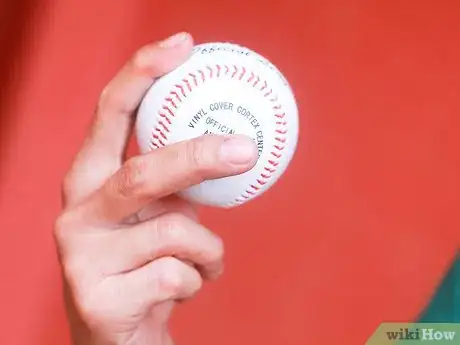
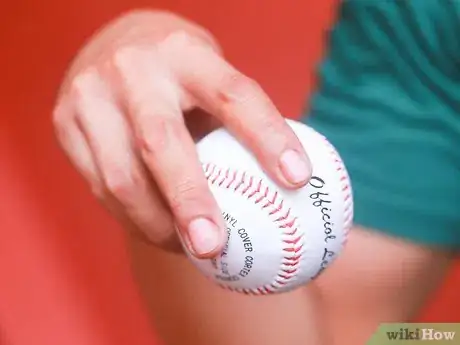
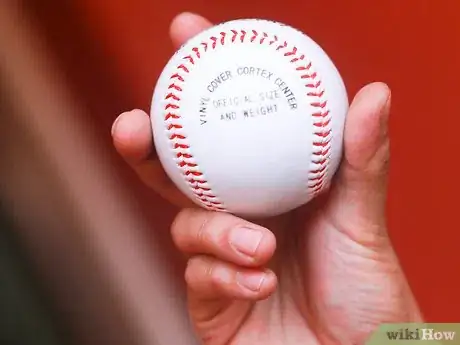
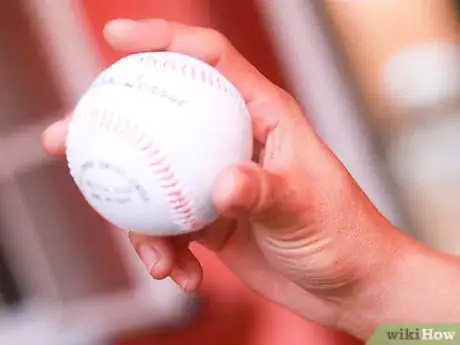

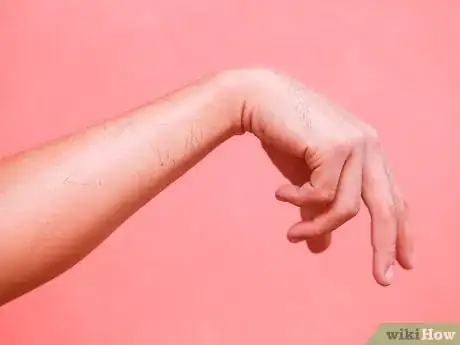
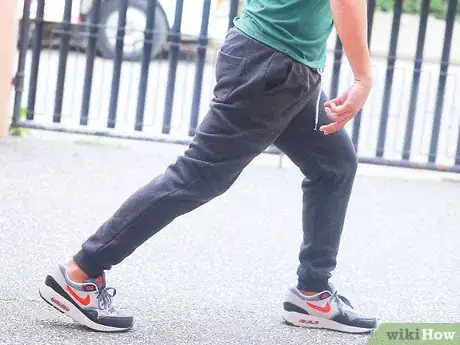
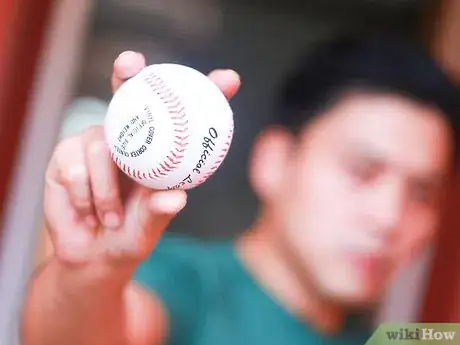
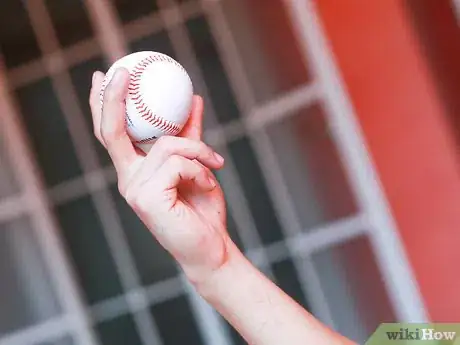
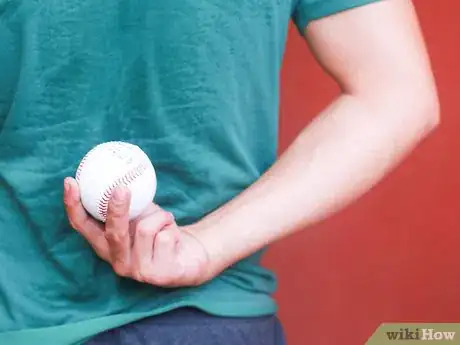
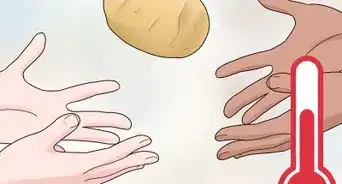
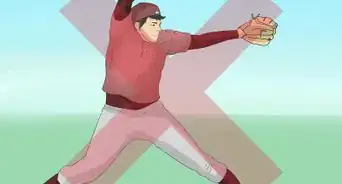
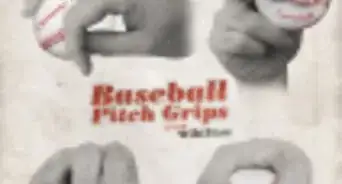
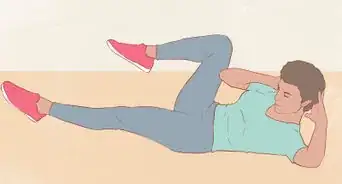
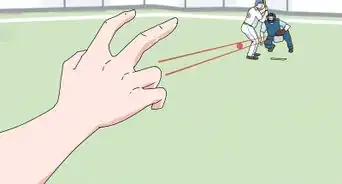

-Step-8.webp)

